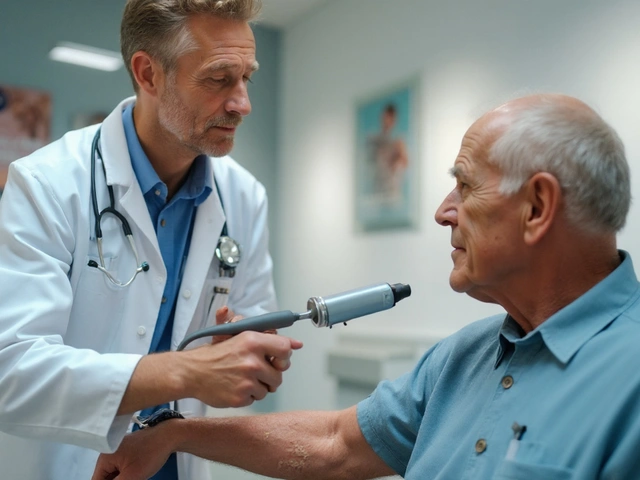Migraine Medications Safety: Triptans vs Gepants vs Ditans Compared
December 11 2025Rivaroxaban: what it is and why people take it
Rivaroxaban is an oral blood thinner (a direct factor Xa inhibitor). Doctors commonly prescribe it to prevent and treat blood clots—think deep vein thrombosis (DVT), pulmonary embolism (PE), and stroke prevention in atrial fibrillation. It works fast and doesn’t need routine INR checks like warfarin, which many people find more convenient.
How it’s usually taken and dosing basics
Dosing depends on the condition. For DVT/PE treatment the typical start is 15 mg twice daily for 21 days, then 20 mg once daily. For stroke prevention in non-valvular atrial fibrillation a common dose is 20 mg once daily (often 15 mg if kidney function is reduced). Always follow your prescriber—dosage can change with kidney problems, age, or other meds.
If you miss a dose, take it as soon as you remember unless it’s almost time for the next dose. Don’t double up to catch up without checking with your clinician. Stopping rivaroxaban suddenly raises clot risk, so never stop without talking to the prescribing doctor.
Safety, interactions and practical tips
Bleeding is the main risk. Watch for unusual bruising, red or dark stools, coughing or vomiting blood, heavy nosebleeds, or sudden severe headaches. If bleeding is severe or you faint, seek emergency care.
Certain drugs raise bleeding risk or change rivaroxaban levels. Combining with NSAIDs, aspirin, other blood thinners, or some antidepressants can increase bleeding. Strong CYP3A4 and P-gp inhibitors (like certain antifungals and HIV drugs) can raise rivaroxaban levels; strong inducers (like rifampin) can lower them. Tell every provider and your pharmacist what you take.
Before surgery or dental work, tell the surgeon or dentist you’re on rivaroxaban. They’ll tell you when to stop it and when to restart it after the procedure. For kidney or liver disease, doses may change or the drug may be avoided.
Travel and daily life tips: if flying long distances, move your legs, walk the aisle when possible, wear compression stockings, and stay hydrated. These steps lower clot risk in addition to the medicine’s protection.
Buying rivaroxaban online: only buy from pharmacies that require a valid prescription, show clear contact details, and are licensed. Beware of sellers offering prescription meds without a prescription—those are risky. If cost is an issue, discuss options with your clinician; sometimes patient assistance or generics can help.
Lab monitoring is simpler than with warfarin, but check kidney function periodically and follow up with your prescriber if you have bleeding, new medications, or new health issues. If you’re unsure about a symptom or interaction, call your healthcare team—better safe than sorry.
 11 May
11 May
The Potential Role of Rivaroxaban in Treating Heart Failure
As a blogger, I recently came across some interesting research on the potential role of Rivaroxaban in treating heart failure. Rivaroxaban is an oral anticoagulant that has shown promising results in preventing blood clots and strokes in patients with atrial fibrillation. Studies suggest that it could also reduce the risk of hospitalization and death in heart failure patients. This medication may offer a new, effective treatment option for heart failure patients who struggle with blood clots and poor heart function. I'm excited to see how this research develops and the possible impact it could have on improving heart failure outcomes.
Read More...




